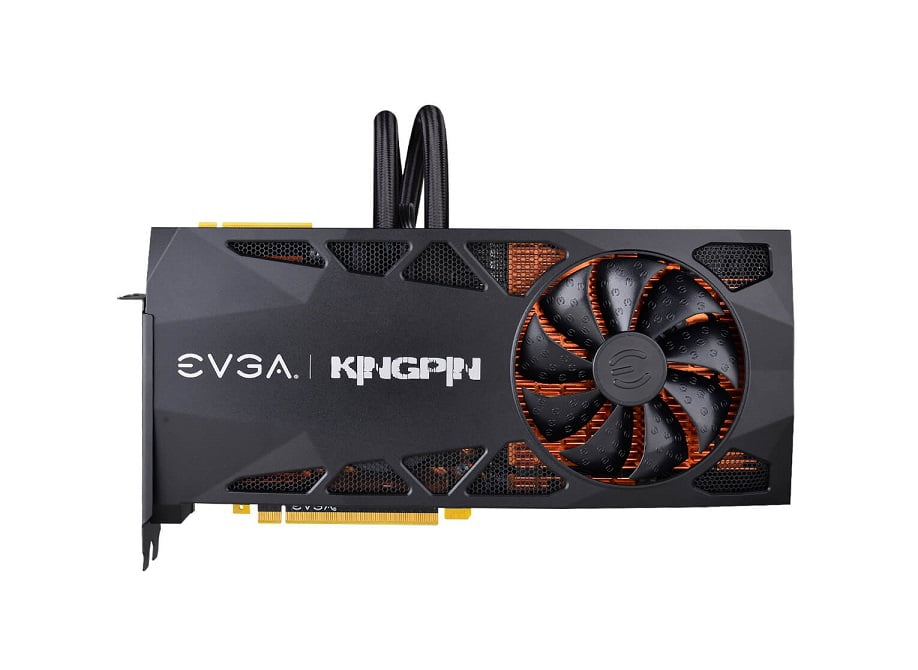

So if you refer to the chart above, enabling overvoltage would add additional points to the right of the area marked in the chart, for which you can implement individual frequency adjustments.

All it does is enable additional, higher voltage points for Boost 3.0 to run at. OvervoltageOvervoltaging now also works slightly differently. If the card is always running at that voltage, there is no point in fine-tuning the lower voltages the card will never run. Most overclockers I know try to get the card to run at the highest voltage level, which provides the most OC potential. You also have to consider that for this new method of overclocking to be effective, the card must actually run at these voltages at some point while gaming. This version of Precision is in its Alpha state, so later versions may work better, but right now, you are better off manually picking frequencies, or by sticking to the traditional overclock that uses the same increase for each voltage point. We were given a pre-release version of EVGA Precision, which implements that feature, and I have to say that it does not work. With Boost, this changed to defining a fixed offset that is applied to any frequency that Boost picks. Overclocking with Boost 3.0In the past, overclocking worked by directly selecting the clock speed you wanted. I just hope that this will not tempt custom board manufacturers to go for ultra-low temperatures while ignoring fan noise. This means that for the first time in GPU history, lower temperatures directly translate into more performance - at any temperature point and not only in the high 80s. Once the card exceeds 82☌ (I had to stop the fan manually to do that), the card will drop all the way down to its base clock, but will never go below that guaranteed minimum (until 95☌ where thermal trip will kick in). We can see a linear trend that has clocks go down as the temperature increases, in steps of 13 MHz, which is the clock generator's granularity. The curve above is a cleaned up version of this test's data to better highlight my findings. I did some additional testing using a constant game-like load (not Furmark), adjusting the fan's speed to dial in certain temperatures without changing any other parameter.


 0 kommentar(er)
0 kommentar(er)
